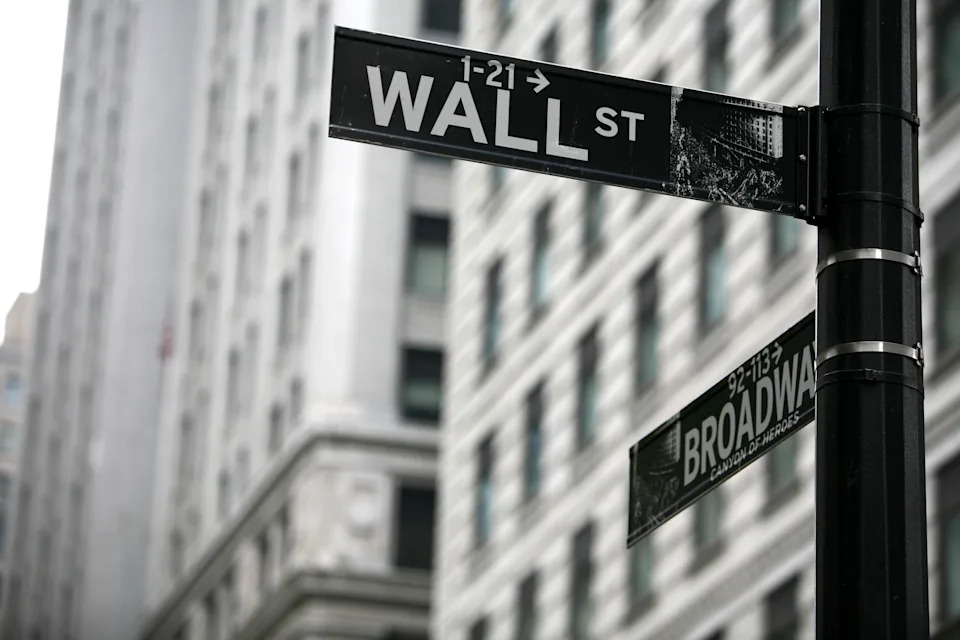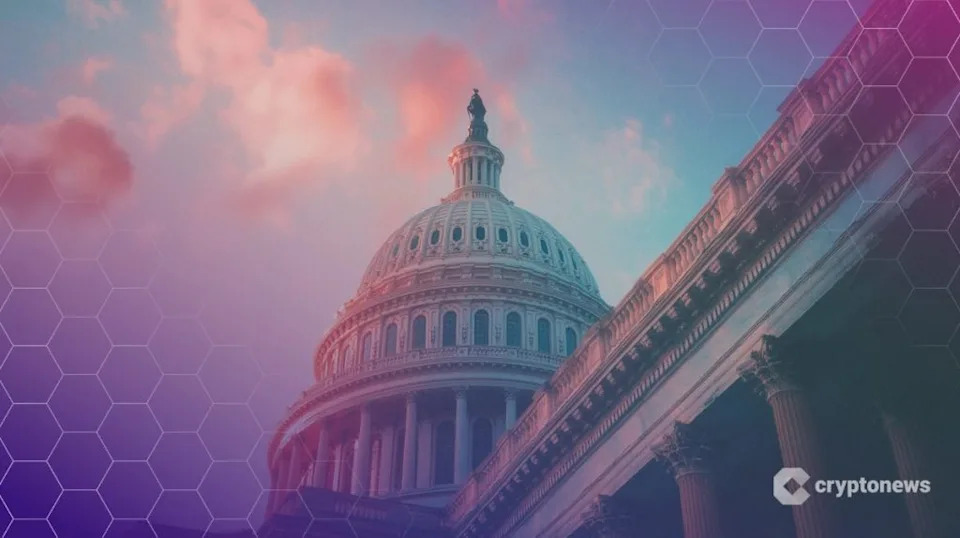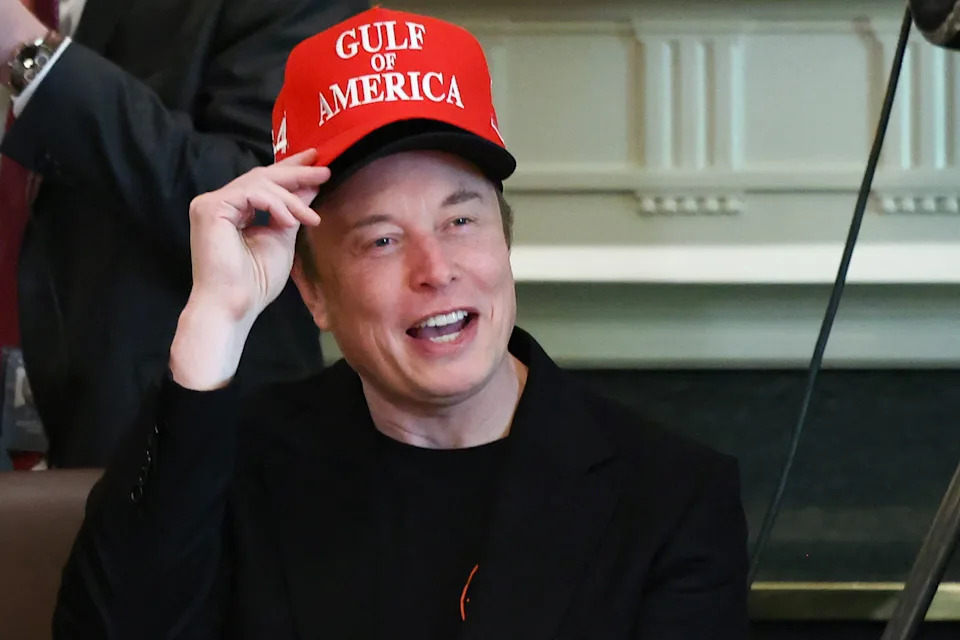
'Some complacency has crept in': How FOMO and speculative bets are driving the 2025 market rally
Key Points
- Megacap and Speculative Surge: The stock market in 2025 is reaching new highs, driven by megacap stocks like Nvidia (NVDA) and Meta (META), alongside speculative trades in meme stocks like Palantir (PLTR) and heavily shorted stocks like Super Micro Computer (SMCI).**
- Retail Investor Influence: Retail traders are significantly impacting the market rally, with a focus on meme stocks, unprofitable tech, and riskier investments, as noted by Charles Schwab's Liz Ann Sonders.**
- Speculative Momentum Over Fundamentals: Investors are chasing high-beta momentum stocks and unprofitable companies, with data showing significant outperformance over traditional value stocks, raising concerns about market disconnect from fundamentals.**
- Wall Street Concerns: Experts like Chad Morganlander and Steve Sosnick warn of the gamification of markets and the dominance of momentum over fundamentals, signaling potential risks despite the ongoing rally.**
- Notable Performers: New market entrants like Circle (CRCL) and CoreWeave (CRWV) have seen massive gains, alongside Quantum Computing (QUBT), reflecting the speculative fervor in niche sectors.**
Summary
The stock market in 2025 is soaring to new heights, propelled by megacap giants like Nvidia and Meta, as well as speculative investments in meme stocks such as Palantir and heavily shorted names like Super Micro Computer. Retail investors are a driving force behind this rally, favoring riskier, unprofitable tech and momentum-driven trades over traditional fundamentals, as highlighted by experts like Liz Ann Sonders of Charles Schwab. Data from Goldman Sachs and Bespoke Investment Group shows unprofitable companies and high-beta stocks significantly outperforming the broader market, with nearly 420 Russell 3000 stocks surging over 50% in a short period. New entrants like Circle and CoreWeave have skyrocketed post-IPO, reflecting the speculative appetite. However, this disconnect from fundamentals raises red flags on Wall Street, with warnings of market gamification and potential risks from strategists like Chad Morganlander and Steve Sosnick. While momentum and fear of missing out (FOMO) currently dominate investor behavior, concerns linger that fundamentals will eventually reassert themselves, potentially leading to a market correction. For now, the bullish wave persists, though not without cautionary notes about future volatility.
yahoo
July 7, 2025
Stocks


